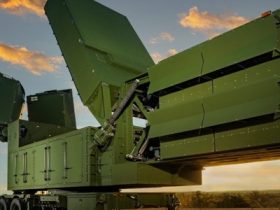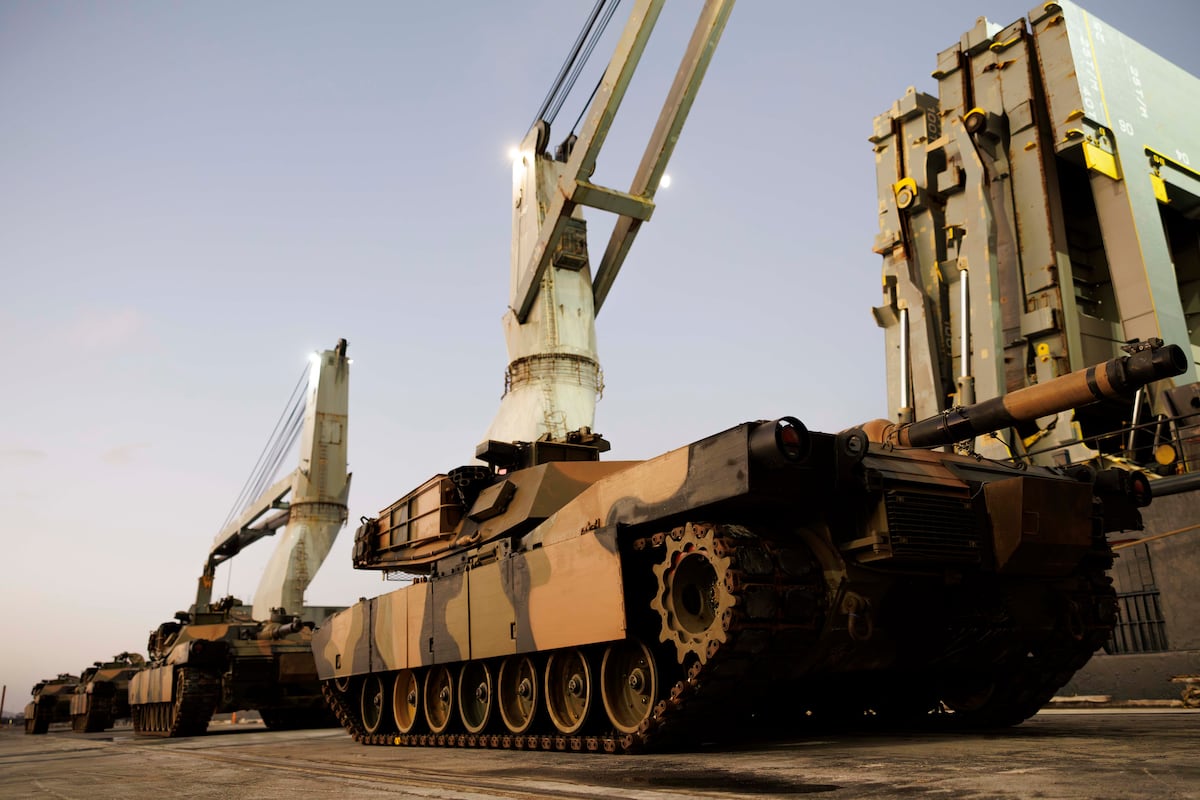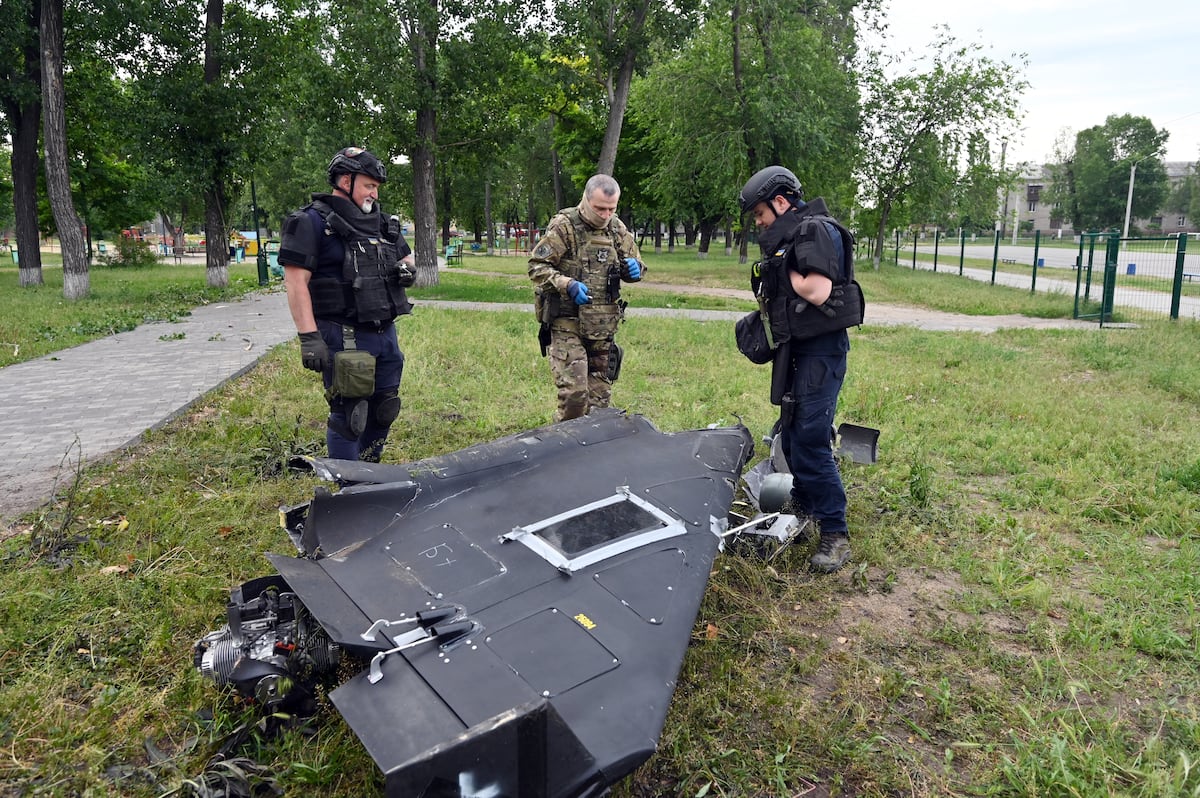Full production of a new polar security cutter for the U.S. Coast Guard was recently approved by the Department of Homeland Security, as the administration seeks to boost shipbuilding and maritime security in the increasingly competitive Arctic region.
The new vessel — the first heavy polar icebreaker to be built in the U.S. in about five decades — will be constructed by Bollinger Shipyards.
Ben Bordelon, president and CEO of Bollinger Shipyards, hailed the move in a release as “a historic achievement not only for Bollinger Shipyards but also for American shipbuilding.”
“Securing the green light for full production underscores the confidence the U.S. government places in Bollinger to deliver the nation’s first heavy polar icebreaker in nearly 50 years,” he said.
The U.S. Coast Guard currently fields a single heavy polar icebreaker, the USCGC Polar Star, and a single medium polar icebreaker, the USCGC Healy.
The Healy was put out of action by an electrical fire last July and the Polar Star is nearly five decades old.
To compensate for a dearth of existing icebreakers, the service in December purchased a commercially available light polar icebreaker — which was renamed the USCGC Storis — that became the first to be added to the service’s fleet in a 25-year period.
The green light for the heavy polar icebreaker, meanwhile, comes as the U.S. military has observed a recent surge in foreign maritime activity in the Arctic region, including a joint Chinese-Russian air patrol near Alaska last summer.
In an April 9 executive order, President Donald Trump called for a new strategy to improve maritime security in the Arctic. Resources to ramp up Coast Guard vessel production are part of the reconciliation bill currently being considered by lawmakers.
The bill would provide over $9 billion for Coast Guard vessel manufacturing, which could see the construction of up to 30 new cutters of various sizes and operational capabilities, as reported by USNI News. Those new vessels could include three or more Arctic security cutters, two polar security cutters, eight heritage-class offshore patrol cutters and up to 15 fast response cutters.
The legislation also includes provisions to increase Coast Guard aviation capacity, with funding for fixed and rotary wing aircraft and maintenance.
Additional vessels are only one facet of sweeping changes now being introduced to the U.S. Coast Guard, which is currently being restructured according to a recently announced initiative called Force Design 2028.
“We are executing transformational change to renew the Coast Guard,” said Acting Commandant Kevin Lunday in a statement.
Changes would include the addition of a Coast Guard service secretary, a move that has already been proposed in legislation.
Zita Ballinger Fletcher previously served as editor of Military History Quarterly and Vietnam magazines and as the historian of the U.S. Drug Enforcement Administration. She holds an M.A. with distinction in military history.
Read the full article here








Leave a Reply